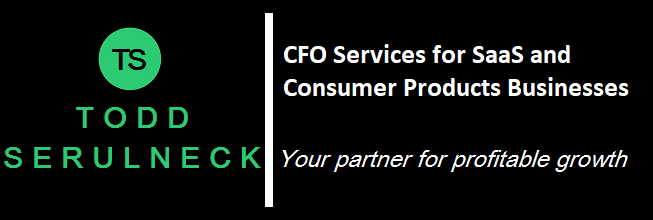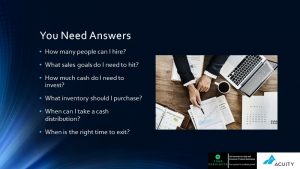You Don’t Have to Be a Unicorn to Be a Great SaaS Company
 There are many articles about rare Unicorn startups rapidly growing to $1 billion in revenue, but what if your company goal isn’t to be a Unicorn? What guidelines and rules will help get your SaaS business on a path toward success on a smaller scale?
There are many articles about rare Unicorn startups rapidly growing to $1 billion in revenue, but what if your company goal isn’t to be a Unicorn? What guidelines and rules will help get your SaaS business on a path toward success on a smaller scale?
A Healthy SaaS
Business fundamentals still apply. A team of carefully selected people with complementary skills and some history working together.
Products need to easily integrate into growing markets, smartphones, and social networks to get to market quickly. Find and prioritize customer pain points and then develop your product to address them accurately. Seek out sustainable barriers to entry – more on this in a future post, SaaS: Learn to Fight Like the Dragon or Get Impaled by a Unicorn.
Once the product is established, it’s easy to test and measure customer satisfaction to make modifications. A profitable SaaS relies on product-market fit and strength is found in the specific niche you choose to serve, then adjusting your sales process, growing your team strategically, and expanding.
Financials
Even at a sub-unicorn state, mature SaaS businesses can generate great cash flow. For example, at $25M in revenue and 80% gross margins and $3M in annual fixed costs, your SaaS company will generate EBITDA of $17M. With a 3x low-end multiple, that’s a $51M valuation.
The beauty of a SaaS business is its ability to grow revenues so much faster than it grows expenses. Hosting services and customer service are variable costs. Sales and marketing expenses can be dialed up or down to balance growth rate with cash flow. Software development and maintenance is a not sales variable, nor are the expenses of the remainder of the staff.
Financing GrowthMeasure Customer Acquisition Costs (CAC) to understand what the company is spending to acquire customers. If Customer Lifetime Value (LTV) is 3X more than CAC, it means the business model works. If it’s less, revisit the cost to obtain clients or retain them longer.
At 24 to 36 months of revenue, you will have solid metrics to help understand the financial gearing of the business. Demonstrated Customer Acquistion Costs (CAC), Lifetime Value of a Customer, Growth Rates, and Churn Rates will give investors confidence and open up new sources of capital, such as borrowing against future recurring revenue.
Growth Through Outsourcing
At a smaller scale, SaaS businesses can outsource functions that are not part of the company’s core competency: marketing, finance, and accounting. When a professional services firm costs less than a highly qualified individual, outsourcing allows payroll to be focused on more sensitive areas: sales, product development, operations, and customer support.
For most healthy SaaS businesses, the initial goal of success can be met without the hassle of additional SaaS phases requiring more layers of personnel in hopes of sustaining the rare massive growth and global scalability of the Unicorn.
Resources and Links:
The SaaS Adventure

“What does it take to build a billion-dollar SaaS enterprise-software company?” I hear this question a lot in my work as a tech investor, and it’s..
Source: Agrawal, N., 2015. techcrunch.com/2015/02/01/the-saas-travel-adventure/
Welcome To The Unicorn Club: Learning From Billion-Dollar Startups

Many entrepreneurs, and the venture investors who back them, seek to build billion-dollar companies. Why do investors seem to care about “billion dollar..
Source: Lee, A. 2013. techcrunch.com/2013/11/02/welcome-to-the-unicorn-club/
Welcome To The Unicorn Club, 2015: Learning From Billion-Dollar Companies

It’s been over a year since we wrote our original post sharing our analysis of the last decade’s most successful U.S.-based, venture-backed tech..
Source: Lee, A. 2015. techcrunch.com/2015/07/18/welcome-to-the-unicorn-club-2015-learning-from-billion-dollar-companies/
Understanding SaaS: Why the Pundits Have It Wrong – Andreessen Horowitz

Tune into any cable network stock market channel and the airwaves resonate with one consistent theme: SaaS companies are simply too expensive. In fact, we might even be in a bubble!
Source: Kupor, S. and Kasireddy, P. 2014. a16z.com/2014/05/13/understanding-saas-valuation-primer/
The SaaS Success Database

What does it take to build a billion-dollar SaaS enterprise-software company? We gave a 30,000-foot answer to this complex — and fascinating — question in a..
Source: Agrawal, N. and Bartlett, L. 2015. techcrunch.com/2015/08/29/the-saas-success-database/

 Previous Post
Previous Post Next Post
Next Post




